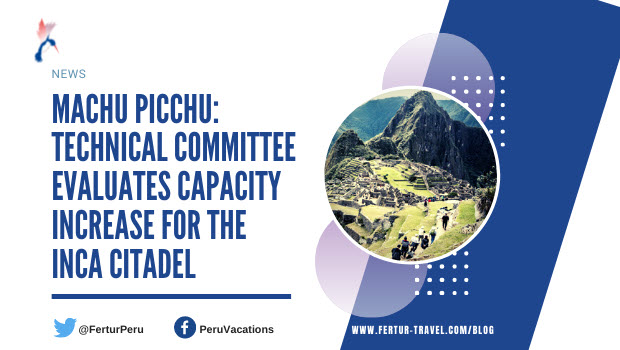
Access vs Excess: Tourist Limits at Machu Picchu After Covid-19
A committee of Ministry of Culture officials and representatives from Peru’s tourism sector will spend this coming month hammering out an agreement to gradually restore visitor limits at Machu Picchu.
Minister of Culture Alejandro Salas is giving the committee 30 days to determine how quickly — and to what extent — tourists will be able to once again flock to the Inca Citadel as they did before Covid-19.
If there is anything that travelers should take away from this news, it is this: Book your Machu Picchu tickets well in advance!
The players on either side of the committee table have been at odds for decades over Peru’s most powerful tourist magnet. With the safe resumption of global travel just beginning, tensions over Machu Picchu visitor limits are resurging like never before.
For years prior to the pandemic, UNESCO’s World Heritage Committee pushed Peru to lower the daily number of tourists. UNESCO continually threatened to place Machu Picchu on its list of endangered world heritage sites — a designation Peru managed every year to avoid.
Then Peru’s tourism sector was devastated as badly as any country’s in the world by the Covid-19.
Machu Picchu got a respite, while Peru’s third largest income generator after the mining and agricultural sectors fell into an abyss.
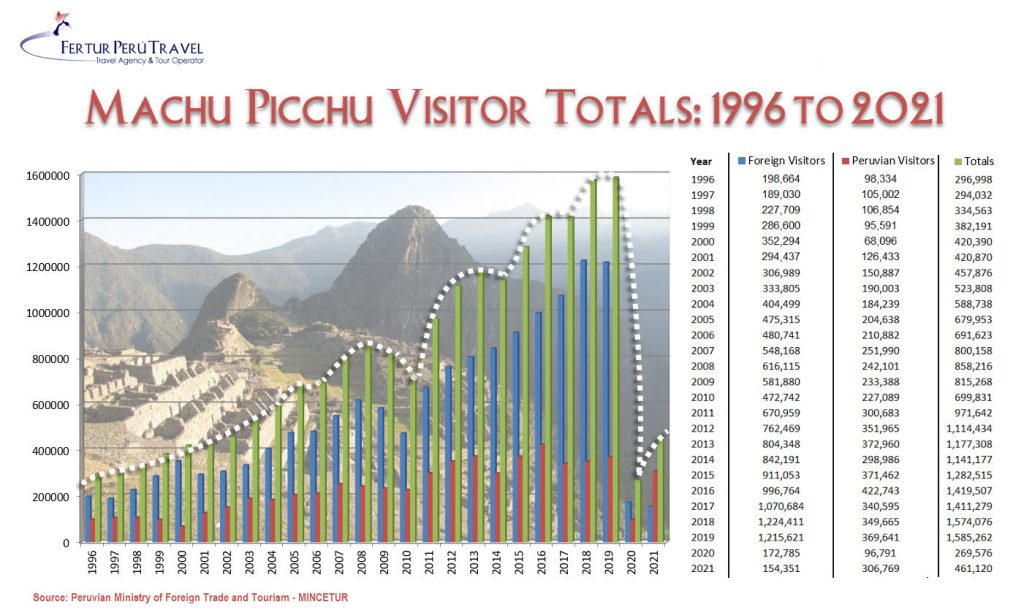
Now that international tourists are finally starting to return, major stakeholders on the tourism side are not holding back with their opening gambits. And Peru’s designated stewards for Machu Picchu’s preservation are trying to keep them in check.
Jorge Jochamowitz, president of Peru’s National Chamber of Tourism (Canatur), proposed that visitor hours at Machu Picchu be extended through the night, to double the flow of tourists from 3,000 to 6,000.
“I think it would be a more attractive setting than Machu Picchu during the day,” Jochamowitz reportedly told Peru’s business daily, Gestion. “Machu Picchu can be easily illuminated and visited 24 hours without damaging the environment, considering the lighting techniques that exist today are wonderful.”
Jochamowitz contended that installing lights and keeping Machu Picchu open 24 hours a day could even be done within the limits set by the Ministry of Culture.
“All the necessary, cultural, social and technical rules and parameters for the maintenance of Machu Picchu would be kept,” he said. “I believe that there is capacity for greater growth.”
Machu Picchu’s director, Jose Miguel Bastante, acknowledged the tourism sector’s urgent desire to ramp up visitor numbers as fast as possible.
“What they want is to achieve a major increase,” Bastante said in an interview with cable news station Canal N. “probably to the numbers we had pre-pandemic.”
However, he added, established mechanisms would have be used “to allow us to increase that number without affecting the most important heritage site we have in the country.”
In 2017, following years of negotiations, an exhaustive study of foot traffic at Machu Picchu took place while the Peruvian government implemented a new Master Plan. The number of daily maximum visitors increased to 5,940 people — far exceeding UNESCO’s original recommended limit of 2,500.
But stricter rules for Machu Picchu were also put into place to conserve the site. Under the new system, visitor entries were spread throughout the day, allowing for 3,267 tourists in the morning and 2,673 in the afternoon. And a four-hour time limit was established.
“UNESCO recommends that the limits on the number of visitors arriving to Machu Picchu be maintained,” Bastante said. “The active monitoring of admissions in 2017 clearly indicates that development should be driven and controlled by the need for site conservation and not by the demands of tourism.”
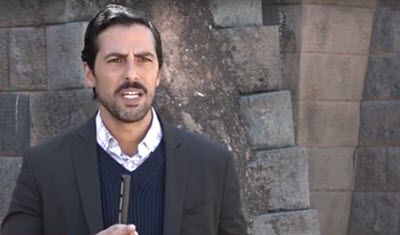
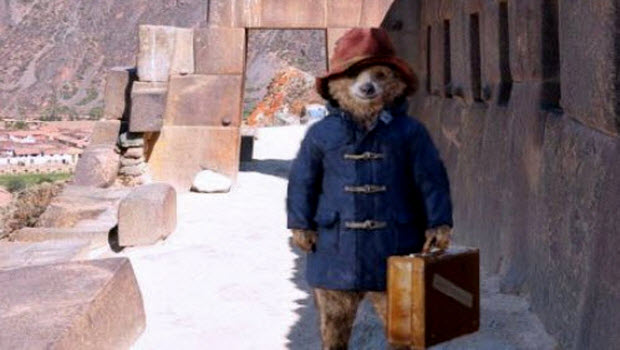 Paddington Bear’s Peru Tour includes COP20 appearance
Paddington Bear’s Peru Tour includes COP20 appearance 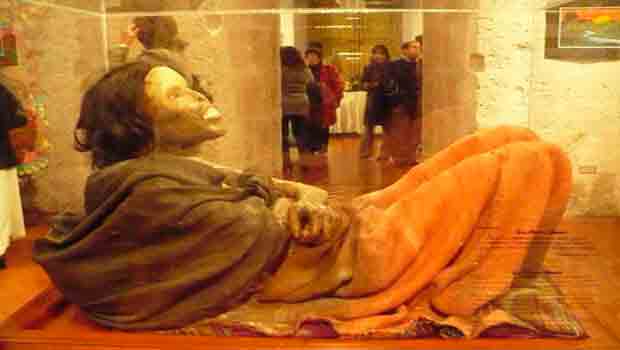 Arequipa tour attraction Juanita mummy placed in deep freeze
Arequipa tour attraction Juanita mummy placed in deep freeze 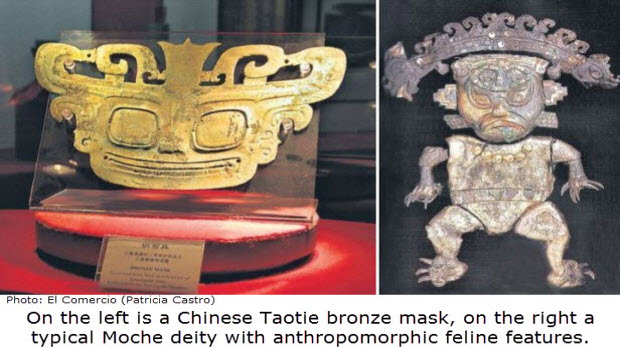 Ancient Link Between Chinese And Peruvian Civilizations?
Ancient Link Between Chinese And Peruvian Civilizations? 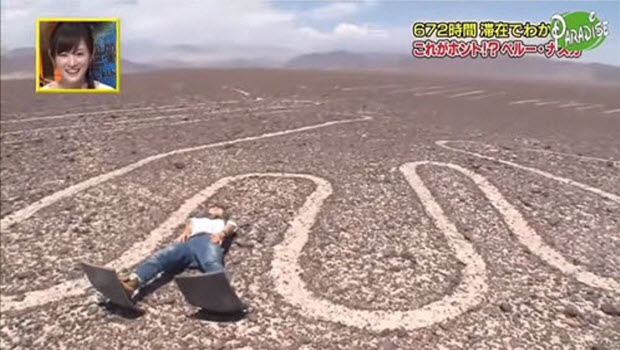 Nazca Lines archaeologist faces charges for TV tour
Nazca Lines archaeologist faces charges for TV tour 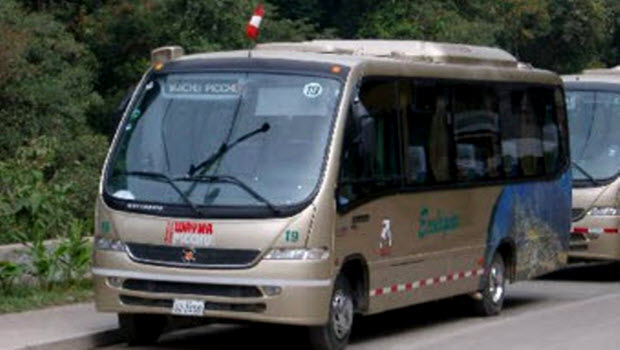 Bus ride up to Machu Picchu hiked, AGAIN!
Bus ride up to Machu Picchu hiked, AGAIN! 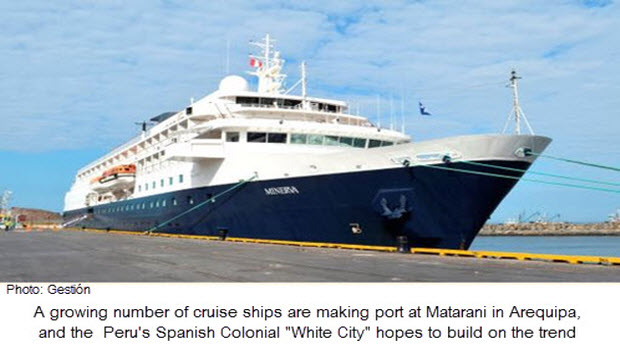 Make Arequipa a port of call on a luxury cruise vacation
Make Arequipa a port of call on a luxury cruise vacation 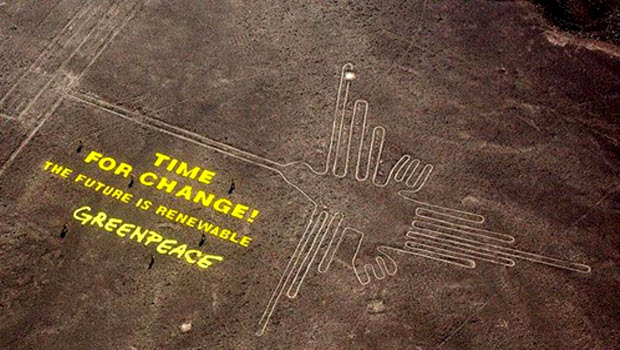 Greenpeace activists in hot water over Nasca Lines act
Greenpeace activists in hot water over Nasca Lines act 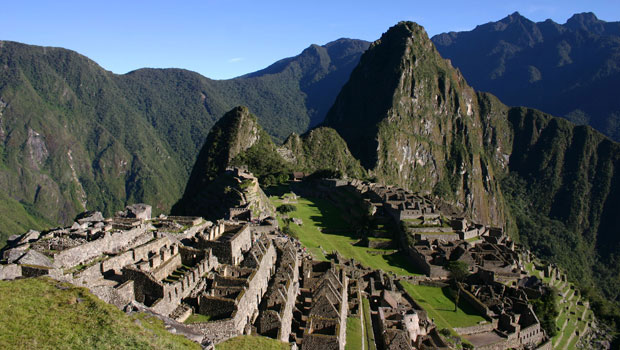 Promotional rate for afternoon entry into Machu Picchu
Promotional rate for afternoon entry into Machu Picchu